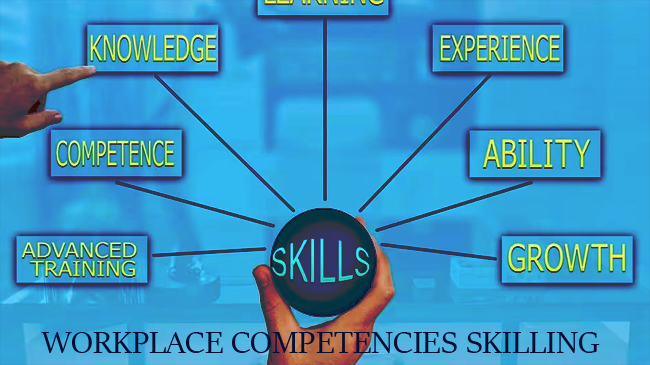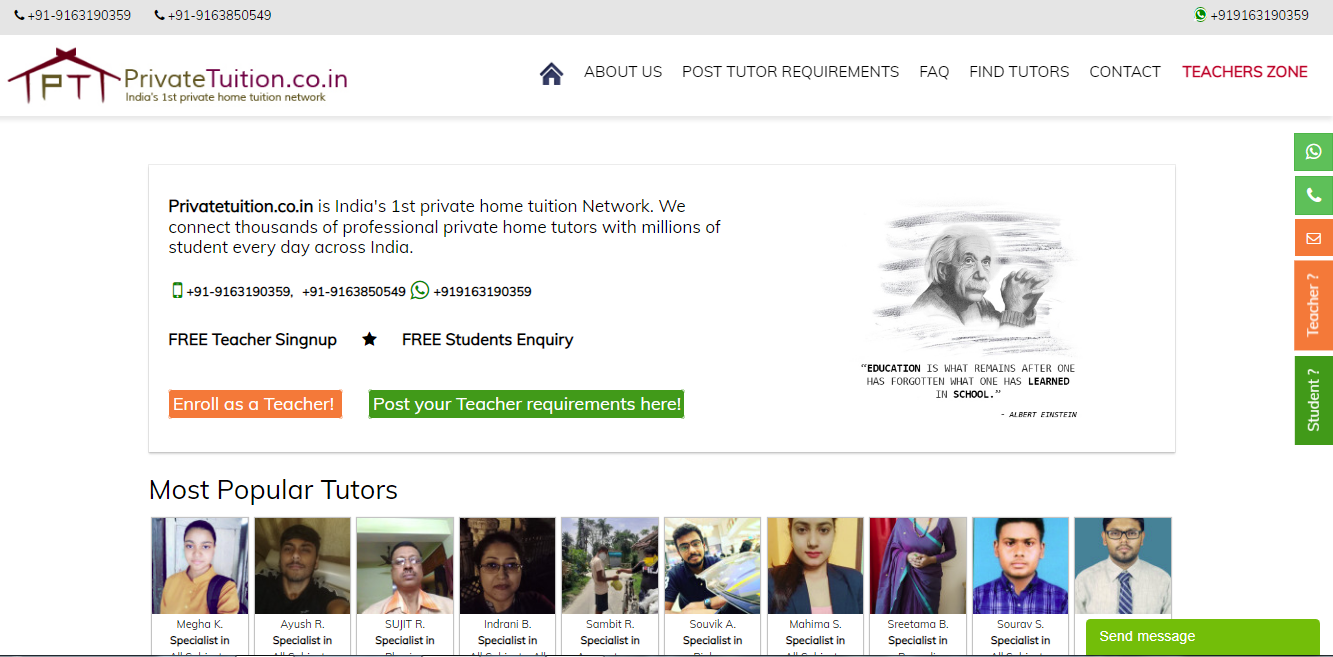As distance education continues to gain popularity and become more widely accepted, the issue of student-student communication is becoming increasingly important. While there are many benefits to distance education, including flexibility and convenience, students can often feel isolated and disconnected from their peers. Effective communication between students is crucial to creating a supportive and engaging learning environment, and there are a number of strategies that educators and students can use to facilitate communication in the online classroom.
One of the most important things that educators can do to promote student-student communication in distance education is to create opportunities for interaction. This can be accomplished through a variety of methods, such as discussion boards, group projects, and virtual class meetings. By requiring students to interact with each other, educators can help them build relationships and develop a sense of community within the class. Additionally, educators can model effective communication skills by providing clear instructions and feedback, responding promptly to student inquiries, and encouraging students to share their ideas and perspectives.
Another key strategy for promoting student-student communication in distance education is to create a supportive and inclusive learning environment. This can be achieved by setting clear expectations for respectful communication, providing opportunities for students to share their personal experiences and perspectives, and encouraging students to support and learn from each other. By fostering a sense of belonging and inclusivity within the class, educators can help students feel more comfortable communicating with their peers and more motivated to participate in class discussions and activities.
Technology can also be a valuable tool for promoting student-student communication in distance education. There are a variety of online tools and platforms that can be used to facilitate communication between students, such as messaging apps, virtual discussion forums, and video conferencing software. By providing students with access to these tools, educators can help them connect with each other outside of class and collaborate on group projects or assignments. Additionally, technology can help educators overcome the logistical challenges of distance education by allowing them to communicate with students in real time and provide feedback on assignments in a timely manner.
While there are many benefits to promoting student-student communication in distance education, there are also some potential challenges that educators and students may face. One of the biggest challenges is the lack of face-to-face interaction, which can make it more difficult for students to develop strong relationships with their peers. Additionally, students may struggle with time management and balancing their academic responsibilities with other commitments, such as work or family obligations. Finally, students may also face technological barriers, such as limited access to reliable internet or outdated technology.
To overcome these challenges, educators and students can take a number of steps to promote effective communication in the online classroom. For example, educators can provide students with clear guidelines for participating in online discussions and group projects, and offer support and resources for time management and academic success. Additionally, students can take proactive steps to connect with their peers, such as reaching out to classmates through messaging apps or participating in virtual study groups.
In conclusion, student-student communication is a critical component of distance education that can have a significant impact on student engagement, motivation, and academic success.
![]()





